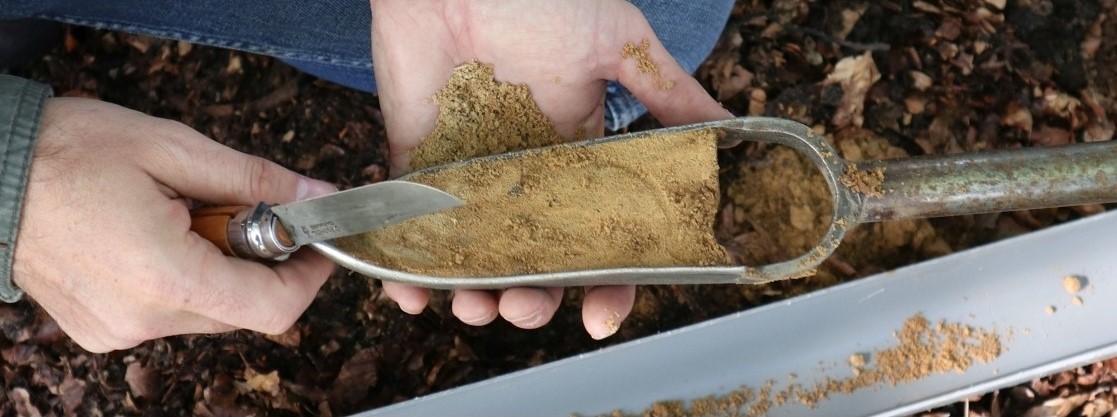Citizen science
Citizen science has recently become a widely used term, but what does it mean exactly? How does citizen science compare to crowdsourcing? And where does community archaeology stand in this discussion?
What is citizen science?
In citizen science non-professionals participate in scientific research. When many people participate, a lot of data can be generated and a specific research task can be repeated several times. In the Heritage Quest project every map is inspected by at least 15 people. Every researcher, citizen scientist or professional, will inevitably make mistakes. However, a second or third person will not make the exact same error. Thus, more participants mean a more reliable sample is created. This is an example of the wisdom of the crowd principle: the group is smarter than the individual.
Citizen science is not only the participation of the public. It is vital that the participants contribute to scientific research. This means that projects require a research question, hypotheses, methodology, data control and analysis and result in conclusions that answer the research question. The entire cycle of research is transparent and can be checked via publication in peer reviewed journals and conference presentations.
Beside the citizen scientists who participate in the research a team of professional scientists is needed who manage project design, methodology, data analysis and publications. Citizen scientists can be involved in all steps of the scientific process, resulting in a fully co-created project. However, the professional scientists remain responsible for the quality of the overall project and the publications.
Crowdsourcing, community archaeology and public archaeology?
The terms citizen science, crowdsourcing, community archaeology and public archaeology are closely related, but not interchangable.
Crowdsourcing denotes the input of expertise by several volunteers to jointly develop a product or solution. Websites like Wikipedia and open source software (e.g. QGIS, Inkscape, Open Office) are good examples of highly successful crowdsourcing. Citizen science can be considered as a form of crowd sourcing by not all crowd sourcing is citizen science. When volunteers help restauring pottery from an excavations for exhibition in a museum without an explicit research question, this can be considered as a form of crowd sourcing, but not as citizen science.
In community archaeology the local community helps with archaeological activities in their own region. These can have a scientific research question, but not necessarily. Crucial is that the local community plays a central role in the activities.
Public archaeology encompasses all activities aimed at engaging the public in archaeology. This can be a website providing information on burial mounds, a hiking trail along archaeological heritage, a Viking fair with reenactors or an archaeological citizen science project.

